Summary: Presented at a forum, “Responding to Capitalism’s Wars at Home and Abroad,” in Los Angeles on January 14, sponsored by the Coalition for Peace, Revolution, and Social Justice and first published on the CPRSJ website, here https://cprsj.wordpress.com/2018/01/26/new-uprisings-in-iran-a-preliminary-analysis-by-ali-kiani/ — Editors
It is three weeks after the protest began against the Islamic Republic of Iran in Mashhad, one of the most religious cities of the northern province of Khorasan. This protest is different from Iranian struggles for freedom and democracy over the last decade, including the Green Movement of 2009-10 that started in the capital city of Tehran. The start of this latest movement is more like the Arab Spring of Egypt and Tunisia which erupted into an unexpected uprising of poor and working-class people demanding democracy, social justice and economic equality within a matter of weeks in early 2011. The epicenters of the protests were in regions badly hit by the economic crisis like Mashhad, which was stronghold of religious fundamentalists and the home of two of President Hassan Rouhani’s main rivals in the 2017 presidential elections. On December 28, when thousands of citizens came together in Mashhad to protest against higher prices and economic hardship, some “reformers” accused religious principalist fanatics under Ayatollah Ahmad Alamolhoda, a representative of the Supreme Leader Ali Khamenei, of having the intention of covertly organizing the demonstration for a few days to weaken the “moderate” president, Rouhani, and his administration. Despite the hardliners’ intentions, once people went into the streets, protests quickly followed in dozens of other small to mid-sized towns that suffered from high rates of unemployment. They chanted slogans against the supreme leader and the regime as a whole, which shows that even if the uprising was started by a conspiracy on the part of one faction in the regime, it was not under its thumb.
The initial precautionary attitude by more experienced political activists and working-class leaders — who were concerned that this could have been initiated by the rival enemy of Rouhani to impeach him in order to dismiss the next election or get rid of him along with the presidency — swiftly changed with the surprise radicalization of protest slogans and its rapid development into a revolutionary path that made one wonder about the motives of the demonstrators. But someone like me, who had been through four years of watching the revolution of 1979 form and observing the development of mass movements despite the rise of a counterrevolution with the help of imperialism, could tell the difference between the gradual formation of an era of revolutionary uprising from an opposition conspiracy to delegitimize the presidency. The truth is that this time the underlining cause of this revolt is not just the civil liberties and the right to vote that became the motive for the young generation to stand up to regime in 2009, but also poverty, inflation, unemployment and corruption on the part of government officials that affected the lower layer of poor, middle class and working people, and that made this revolt a political one, and yet at the same time, one about economical inequality.
The current protests are significantly different from the Green Movement, especially with regard to the social groups supporting the unrest, but without covering it under a blanket of religious slogans. I categorize it as follows:
- In this revolutionary uprising, the focus is on the totality of the government and not counterrevolution within the revolution (Monarchy, People’s Mojahedin [MEK], Trump). That is why, even though we don’t see a widespread involvement of the working class to take leadership into its hands, we nonetheless see a significant difference from the past: that the slogans are not religious but political, something that resonates with the needs of working class every day life, especially economic hardship. This is why they have the militant support of lower middle class and working people, which boosts determination of the protesters in the poorer parts of the country and the smaller towns.
- The 2009/2010 protests had an Islamic reformist leadership which was part of the establishment and would limit the radicalization of the movement. The current protests still lack a political leadership because of the major crackdown by the regime on leftist organization since 1980. This saw thousands of their members jailed or executed, suffocating any attempt to revive an organized political Left. Workers’ unions that remained went underground. The only significant organization present mostly outside the country is the Mojahedin, which is by now under the influence of rightwing neoconservatives and Trump.

Many of their members and leaders have been imprisoned during the Green Movement. Some of these arrested activists, along with trade union members, have died in prison as a result of torture or medical hardship.
- This brings us to the third point of discussion about what it takes for this movement to enter the stage of revolution, whether the creativity of the masses and the full potential of the revolutionary spirit of the working class could be energized to bring a new beginning for the freedom struggle of the Iranian people. This is especially important to examine, since the current movement started without an initial organization or structural planning, which created a weakness due to a lack of central coordination.
The uprising was sparked because of economic grievances and people’s anger at corruption in the government. An increase of inflation to 10% and surge of prices and the cost of living also contributed to its spread throughout the country like a wild fire.

Unemployment has remained high and the government recently announced cuts to welfare and an increase in fuel prices. It was because of that these demonstrations occurred. As thousands of people took to the streets across Iran they chanted against the supreme leader, Ayatollah Ali Khamenei, and police surrounded the University of Tehran.
A firsthand look at recent events shows that the initial polarization of conflict between different factions within the government started in the capital city of Tehran. The budget presentation by president Rouhani tried to appear transparent, but in content showed which authority gets how much of share of the pie and then there was former president Mahmoud Ahmadinejad’s video blasting the judiciary. The fact that the demonstrations started in rural areas suggests that this movement was not part of an initial plan on the part of President Rouhani’s rivals, and that was largely spontaneous.
Second, the slogan, “Capitalist Mullah give the people their money back,” shows that people distinguish between Islamic ideology and blaming the Islamic capitalist government for their poverty. This could not be from any single faction of the government, since neither principalists nor reformists criticize the system or the clergy.
Third, the slogans aiming at the regime’s foreign policy and spending of millions of dollars in Syria, Yemen and in Lebanon for Hezbollah shows that this movement is politically motivated and aimed at the adventurist character of Islamic ideology. It is understood that this ideology does not value the lives of human beings or the environment in its confrontation with imperialism, a major cause of chaos in the Middle East.
Fourth, the slogans, “Down with Khamenei,” and “Principalist and reformist is the whole story and it is finished,” means that people oppose the totality of the regime, not individual factions.
According to government sources, most of those who have been arrested are younger than 25. It is a matter of fact that these young Iranians — and radical women — are the main driving forces behind the youngest protesters. The violent eruption of people that exploded is absolutely because of the crackdown on all peaceful protests by the Islamic Republic of Iran and its Revolutionary Guard Corps.

2015 strike of Nurses all over Iran.

On 20 Oct 2017 people gather in front of the municipality of Abadan in southern Iran to protests unemployment.
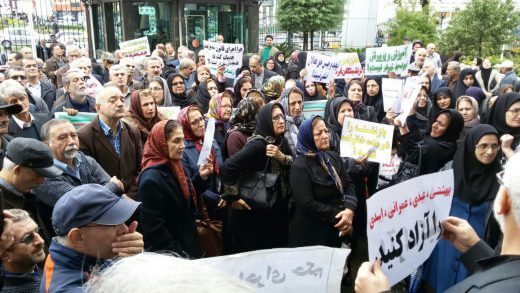
On 5 Oct 2017 in cities across Iran Teachers protests low wages and inadequate work conditions. This photo is from city of Rasht.
But this is one side of the violence in Iran and the Middle East. The other side is the role of imperialism, which pushes different factions of the Islamic Republic to become more united in the face of Trump’s war threats. In reaction to this, the supreme leader has planned to get rid of the presidency and elections altogether, and transform the so-called republic to a government under the thumb of the Revolutionary Guard Corps in preparation for war.
Study and experience show that there is clear relationship between anti-Americanism and violence, especially after the US decision to invade Iraq and Bush’s War on Terror. There had been deterioration of the image of the United States around the world after 2001 and particularly in Muslim countries, which gave rise to a significant growth in hostility to the US and to jihadist recruitment. The United States foreign policy that spread violence in the Middle East was always based on the two factors of protecting American lives and US geopolitical and economic interests.
The historic relation of anti-Americanism to violence in the Middle East becomes an instrument against the peaceful and democratic development of society. The Cold War further helped change the Iranian government to become an authoritarian Islamic regime. This violence is deeply rooted in the racism and sexism of American imperialism around the globe, as we see in Africa. One of these imperialists meddling in the affairs of Iran is Trump, who is quietly supporting both the Mojahedin and Reza Pahlavi, the Crown Prince of Iran. Since the outbreak of protests across Iran three weeks ago, several major outlets (including Fox News) have used pictures of demonstrations in the United States, France, or United Kingdom — organized by the MEK — in place of images of the entirely unaffiliated protesters. We should not mystify the word violence. Violence is hunger, racism, exploitation, oppression, destruction of culture, enslavement and the slaughter of human life, which will occur as long as the imperialist system exists. Some praise the Iranian people because of this revolt without criticizing the US, which cloaks Trump’s intention, as seen US UN Ambassador Nikki Haley’s comments.
Some people focus on wondering if this is a revolutionary moment or how far it can go, but for me what is important is not only the effect of this uprising on the Iranian working class and its future struggle, but also its effect on youth elsewhere, like the Arab Spring’s influence on youth movements in Spain, on the working class of Wisconsin, and on the Occupy Movement.
To conclude, the participation of multiple layers and classes of people with different slogans shows how, as a whole, it was revolutionary and not reformist.
The Iranian people have the right to speak their minds and engage in peaceful demonstrations. The Iranian authorities have systematically prevented people from exercising their right to express their dissatisfaction through democratic channels. They have been blocking free elections, preventing people from electing representatives of their choice, and denying them a fair trial. This makes the Islamic Republic of Iran responsible for the violent eruptions and revolutionary revolt, not the Iranian people. But we cannot win this war alone, we need your support.
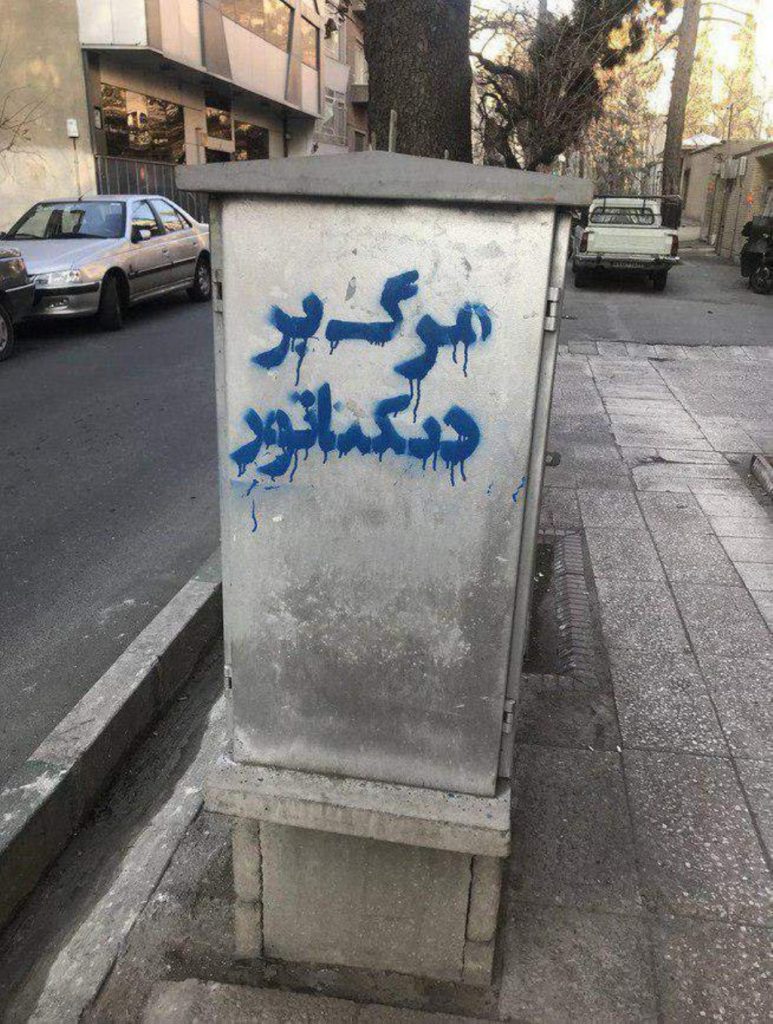
Photos of the Day- Wall writings of “Down with Dictator” (2018).
Presented in Los Angeles at a January 14, 2018 public forum sponsored by the Coalition for Peace, Revolution, and Social Justice
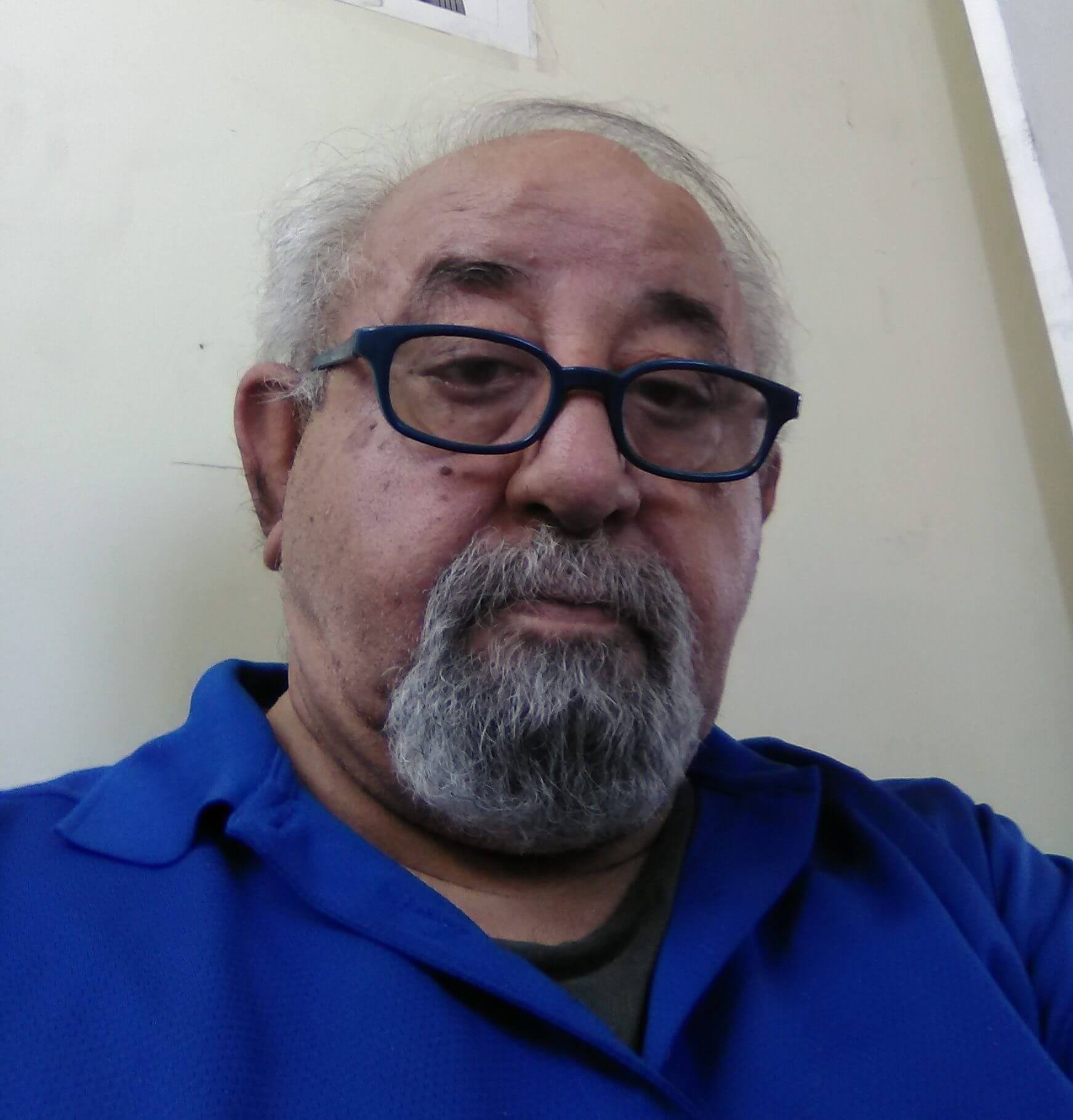

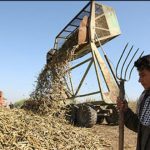
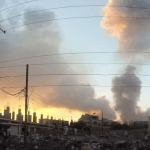


0 Comments